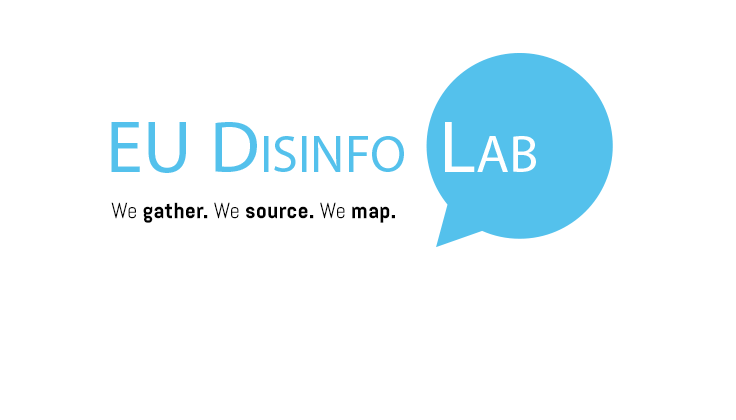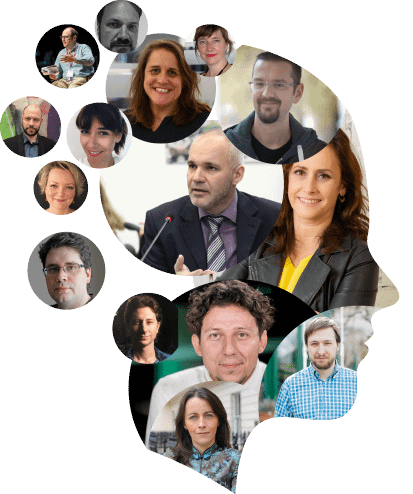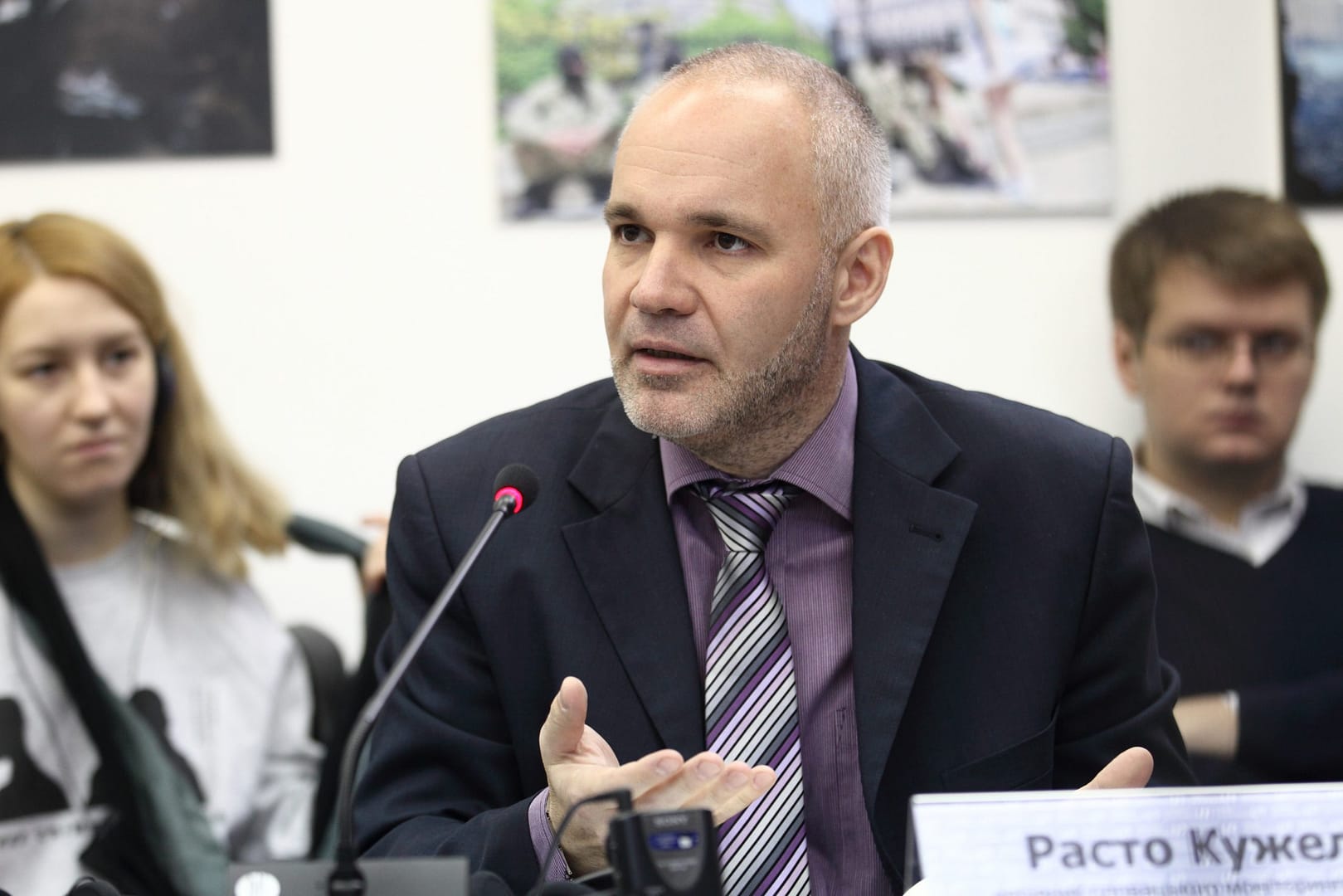Currently MEMO has a core team of 7 full time employees, but they work closely with local partners in a number of countries. MEMO’s methodology of media monitoring focuses on content and aims above all to evaluate political and social diversity in media reporting. In recent years, they’ve adapted their methodology from traditional media to account for the principles of the social web, but they maintain the focus on both spheres. “This combination of traditional and social media monitoring is very important,” Rast’o explains.
Their monitoring is designed to provide in-depth feedback on pluralism and diversity in media reporting, including coverage of particular themes (integration of minorities, corruption etc.). MEMO does not only focus on disinformation. They have “a more holistic and general approach, assessing both the positive and negative impacts of social media platforms on election integrity” in Rast’o’s words. They study three things: the actors (from both traditional media and social media), the messages and narratives (how they are used by parties to make claims and to polarize) and the messaging (how the message is amplified).
Much of MEMO’s work includes capacity building and training, enhancing the media monitoring activities of local partners. They also train journalists, NGOs, regulators, and other members of the media. For Rast’o, it is critical to support these local actors who will be the ones left after international election observers leave. “It doesn’t end at the end of an election cycle. It is usually the start of another one.”
Where MEMO struggles, along with others in this space, is in fully understanding the mechanics of amplification online. “We focus less on inauthentic behavior – bots and trolls who amplify content. But from a different perspective, this is a critical part. This can make marginal voices more visible.” The tools currently available for social media analysis (for instance, Facebook’s CrowdTangle) have been a game changer for MEMO, but the data is incomplete without access to private pages and closed messaging spaces. While entering these kinds of spaces raises ethical questions for researchers, there are legitimate design and transparency issues that hinder election integrity monitoring.
Social media platform tools for monitoring, like many platforms themselves, tend to focus on the US and a few other big countries. Rast’o notes the need for applying the same standards in other countries too. “It will be interesting to compare this now with other countries, Myanmar for instance.”
“Platforms should be geographically blind when it comes to applying their rules. We should not assume that every election is like the one in US”.





